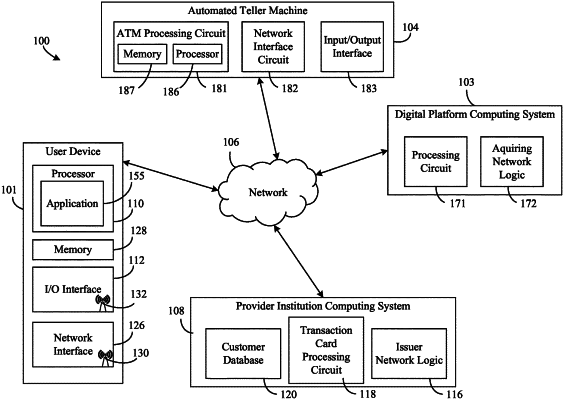| CPC G06Q 30/0207 (2013.01) | 17 Claims |

|
1. A method of using native and non-native events to control incentives, the method comprising:
creating, by a processing circuit, a master account;
creating, by the processing circuit, a subordinate account linked to the master account;
receiving, by the processing circuit and from the master account, a first task and an associated incentive for the first task;
detecting, by the processing circuit, a native or non-native event regarding the first task, wherein detecting the native event comprises receiving a message directly from a device linked to the processing circuit, the message comprising geolocation data of a user device associated with the subordinate account, and wherein detecting a non-native event comprises receiving an indication from the user device associated with the subordinate account, the indication comprising at least one of the geolocation data, a photograph, or a video;
determining, by the processing circuit, a completion of the first task by at least one of analyzing the at least one of the photograph or the video to detect the non-native event or comparing the geolocation data to a location associated with the first task to detect the native event or the non-native event; and
implementing, by the processing circuit, an action corresponding to the associated incentive based on detecting the completion of the first task.
|